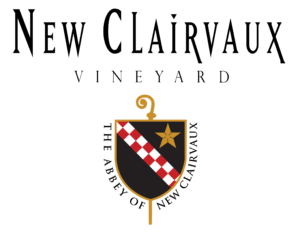The Monks
In 1098, a group of Benedictine monks broke off and established a monastery in a swampland called Citeaux in Burgundy, France. With vows of poverty and labor, they prospered. Soon they constructed an Abbey, drained the swampland and planted what is now one of the most famous vineyards in the world– Clos De Vougeot. This new order of monks became known as Cistercians, and their legacy of winemaking would become renowned. Cistercian vineyards were planted throughout Europe; the monks were responsible for propagating varietals common to this day such as Pinot Noir, Chardonnay, Tempranillo and Riesling. They also developed the viticultural practices of trellising and leaf thinning, and they determined that certain locations gave different grape varities unique characteristics — a term known to this day as “terroir.”
Another monastic reformation occurred in 1664, this time at La Trappe Abbey in Normandy, France. Eventually these monks would become known as the Order of Cistercians of the Strict Observance (O.C.S.O), or “Trappists.”
Today, Trappist-Cistercians continue to dedicate their lives to personal prayer, communal prayer and manual labor. It is through these works and offerings of thanksgiving that they show their love and appreciation of God and their fellow human beings. They do this by striving to produce the highest-quality product attainable. This is expressed by the simple words “Trappist Made Product,” so that in all things God may be glorified.


